The Journey: #28 Personalized ≠ Customized
- Kristi Faltorusso

- Jul 14
- 3 min read

There was a time in my career when I believed that “wow” moments came from building everything from scratch.
Every onboarding flow.
Every slide deck.
Every email.
All custom, all the time.
I remember spending hours tweaking a presentation for a customer QBR, swapping out data points, rephrasing key takeaways, adding their company logo, and even color-coding the charts in their brand palette. When we finally got on the call, the customer was thrilled.
They noticed the effort. It landed.
And I thought: This is it. This is what Customer Success should feel like.
But as my portfolio grew and the demands did too, something shifted.
The time I had to do everything custom started to vanish. The expectations didn’t.
I was burning out.
The Myth of Custom = Better
Like many CSMs, I equated customization with care. I believed that if I wasn’t building something from scratch, I wasn’t showing up the way my customers needed me to.
But what I came to understand is this:
Customization is not the only path to delivering a personalized experience.
And more importantly, it’s not the sustainable one.
Personalization, at its core, isn’t about creating unique assets for every customer. It’s about making your customer feel like they are at the center of your strategy, your communication, and your process.
It’s not about doing more work.
It’s about doing smarter work with the customer lens always in focus.
Scaling the Feel of Custom
I started asking myself hard questions:
What were the things every customer needed?
What were the things some customers needed?
And what were the things that only a few truly needed?
I bucketed every task, deliverable, and resource into those three categories.
✅ The “all” bucket became my playbook.
✅ The “some” bucket became templates with toggles and flexibility.
✅ And the “few” became the places I’d go deep but only when it was warranted.
This framework changed everything.
Not just for my own bandwidth, but for the consistency of experience across my book of business.
And here’s the irony:
My customers felt more taken care of, not less.
Because the things that were personalized for them?
They were intentional. Thoughtful. Anchored in data, insights, and business context.
They knew I had a process. But they also knew I knew them.
Why This Still Matters Today
Now, years later, as I help CS orgs design programs at scale, this lesson still shows up.
Companies often tell me they want their customer journey to “feel personalized.” But when I dig deeper, what they mean is “we want to build one-off everything.”
And that’s just not feasible or necessary.
You don’t need to customize every touchpoint.
But you do need to design your journey in a way that allows personalization to happen within the structure.
That’s the magic formula:
Scalable design + tailored execution = meaningful experience
5 Ways to Personalize Without Rebuilding from Scratch
Here’s how you can infuse personalization into your customer experience without compromising scale:
Success Plans: Use a flexible framework that maps goals, KPIs, and milestones to each customer’s unique definition of value. The structure is standard; the content is personal.
Onboarding Paths: Build modular tracks based on readiness, use case, and resourcing. Start with a core workflow and add (or subtract) based on customer context.
Business Reviews: Automate the baseline reporting, but insert commentary and insights that reflect their goals, product usage, and industry trends.
Comms Cadence: Let your customers set the rhythm. Some will want biweekly syncs. Others prefer async check-ins. Offer a menu and meet them where they are.
Customer Education: Tag and recommend enablement resources based on role, maturity, and learning style. Give them what they need not just what you have.
Personalization isn’t about heroics.
It’s about thoughtful design, intentional delivery, and putting your customer at the center, even when you’re using templates.
You don’t have to reinvent the wheel.
Just make sure the ride feels smooth, supportive, and built with your customer in mind.
For ICs:
If you’re feeling like you’re drowning trying to “custom build” for every account, pause. Look at what could be templated, what could be tailored, and what can be automated. Your time is valuable. So is your customer’s experience. AI to the rescue.
For Leaders:
Your teams need structure that enables flexibility. If they’re over-indexing on custom, they’re likely sacrificing consistency or burning out. Build your programs with room to adapt, but not from scratch every time.




Comentarios